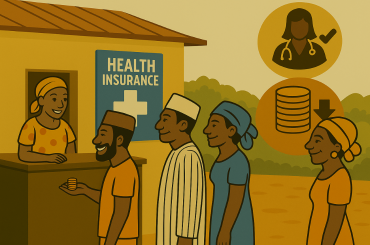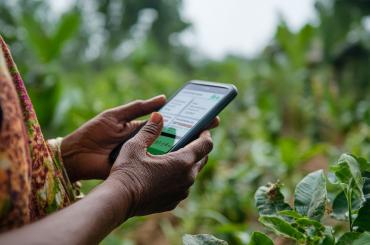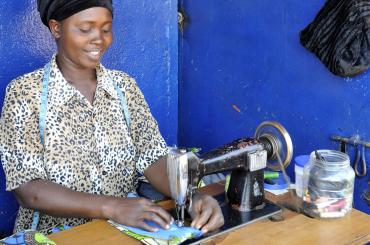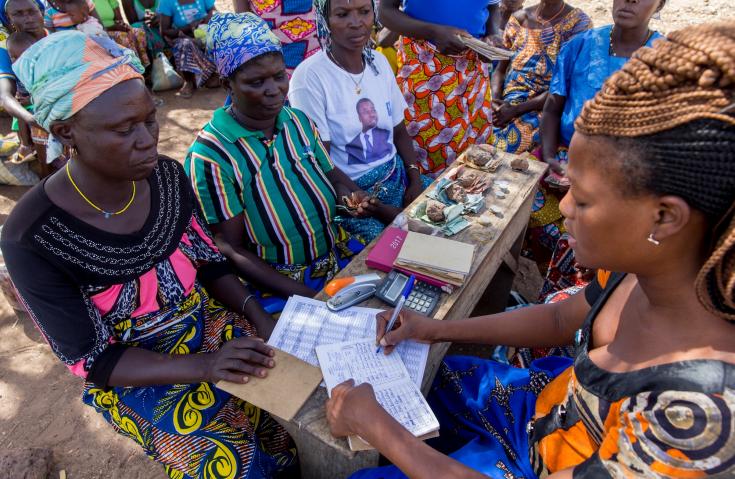
microfinance
-
Microfinance: Issue 3
-

Unlocking financial protection for informal workers by bundling health insurance with microcredit
Bundling health insurance with microcredit reduced out-of-pocket health expenses by 50% among informal workers in Burkina Faso without decreasing microcredit uptake, offering a promising pathway to universal health coverage.
-

What type of contracts do microfinance clients prefer?
Research shows that microfinance clients use credit and savings as commitment devices to accumulate lump sums. Evidence from Pakistan suggests high demand for fixed-repayment contracts, but low demand for commitment add-ons in both credit and savings...
-

Expanding mobile internet fueled a financial transition in Rwanda
Mobile connectivity improves access to land, enabling individuals to use land titles as collateral for bank credit and invest in construction.
-

What have we learned about microfinance?
Evidence from a range of contexts has shown that while microfinance does not have transformative impacts on lifting people out of poverty, it can greatly benefit specific borrowers such as experienced entrepreneurs.
-

Emergency loans promote climate change adaptation and can be profitable for microfinance institutions
Evidence from a large-scale trial in Bangladesh shows that improving credit access in rural areas helped farmers adapt to flood risks without negative spillovers, and was profitable for microfinance institutions.
-

The impacts of flexible repayment schedules: Evidence from borrowers and lenders in India
Offering loans with flexible repayment schedules can improve outcomes for vulnerable borrowers while also reducing the risks faced by lending institutions
-

Increasing female enterprise growth through mobile money: Experimental evidence from Uganda
Disbursing microfinance loans through mobile money accounts empowers female entrepreneurs to resist pressure to share loans with others
-

Can joint-liability microcredit help to share entrepreneurial risks? Insights from Mongolia
By allowing risk sharing, joint-liability lending can foster entrepreneurship among microcredit borrowers
